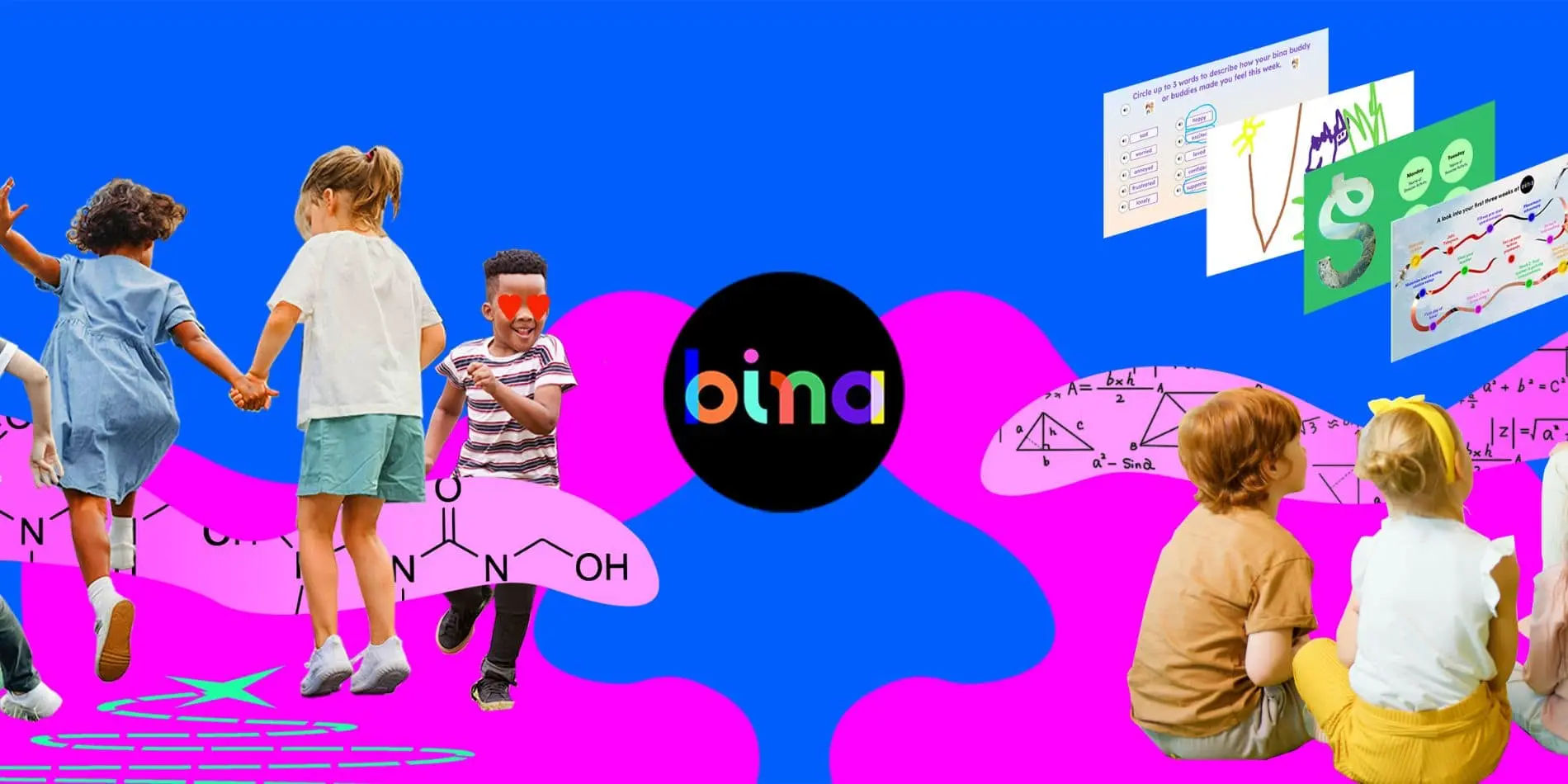Picture this: your eight-year-old finishes the school day buzzing with excitement about seahorses. Not just facts from a science lesson – but connections across geography, math, and environmental science. What began as curiosity about one animal has become a doorway to understanding how the world works.
This is the power of interdisciplinary learning, an approach that helps children remember more, make meaningful connections, and develop a lifelong love of learning.
What Is Interdisciplinary Learning?
Instead of teaching subjects in isolation, interdisciplinary learning weaves them together. A lesson on Ancient Egypt, for example, might mix history (pharaohs and dynasties), math (measuring pyramids), geography (the Nile’s role in farming), and art (hieroglyphics).
This is different from simply having a shared theme across classes. Interdisciplinary learning integrates skills and ideas so that knowledge in one area naturally reinforces another.
Why It Works
Brain research shows children learn best when information is connected and applied in different contexts. This strengthens memory pathways, making ideas stick for months, or even years.
For example, a child studying the water cycle might:
- Map rainfall in geography
- Observe evaporation in a science experiment
- Calculate rainfall averages in math
- Write poetry about rain in literature
Each activity reinforces the others, helping memory “lock in.”
The Memory Advantage
Studies show that active learning, like retrieval practice, discussion, and creative projects, leads to stronger retention than passive memorization. Interdisciplinary learning naturally builds these strategies into a child’s day.
A child calculating ocean coverage while studying ecosystems isn’t just learning math – they’re practicing retrieval across geography and science too. These cross-discipline applications make knowledge more durable and transferable.
What It Looks Like in Practice
Interdisciplinary projects might include:
- Creating visual maps of ecosystems
- Writing a story from the perspective of a migrating animal
- Debating environmental issues using science and economics
- Designing conservation solutions that mix STEM and social science
By engaging with ideas in multiple ways, children not only master content but also build problem-solving, creativity, and critical-thinking skills.
Common Parent Questions
Will my child still learn the basics?
Yes. Interdisciplinary learning strengthens fundamentals because core skills are applied repeatedly in meaningful contexts.
Will this prepare them for tests?
Research suggests it does: when children understand concepts deeply, they adapt that knowledge easily to assessments.
Why It Matters
The kids who will thrive tomorrow aren’t the ones who memorize the most isolated facts, but the ones who can connect ideas, think across disciplines, and approach problems with curiosity and confidence.
Your child’s mind is already interdisciplinary. Maybe it’s time their learning matched it.

